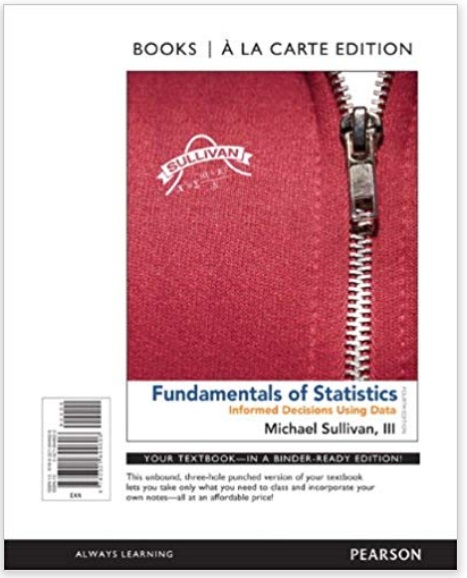In an attempt to identify ecologically friendly methods for controlling mosquito populations, researchers conducted eld experiments in
Question:
In the nymph-treated tanks, the density of larval mosquitoes dropped significantly from 7.34 to 0.83 larvae per dip 15 days after the Brachytron pretense nymphs were introduced. Further, the larval density increased significantly to 6.83 larvae per dip 15 days after the nymphs were removed. Over the same time period, the control tanks did not show a significant difference in larval density, with density measurements of 7.12, 6.83, and 6.79 larvae per dip. The researchers concluded that Brachytron pretense can be used effectively as a strong, ecologically friendly control of mosquitoes and mosquito-borne diseases.
(a) Identify the research objective.
(b) What type of experimental design is this?
(c) What is the response variable? Is it quantitative or qualitative? If quantitative, is it discrete or continuous?
(d) What is the factor the researchers controlled and set to predetermined levels? What are the treatments?
(e) Can you think of other factors that may affect larvae of mosquitoes? How are they controlled or dealt with?
(f ) What is the population for which this study applies? What is the sample?
(g) List the descriptive statistics.
(h) How did the researchers control this experiment?
(i) Draw a diagram similar to Figure 7 or 8 to illustrate the design.
( j) State the conclusion made in the study.
Fantastic news! We've Found the answer you've been seeking!
Step by Step Answer:
Related Book For 

Question Posted:





